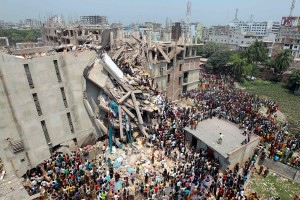“Remote project management and virtual teams can be a great project model if your organization allows it and your staff is focused on productivity.” – Brad Egeland
Do you agree with the above statement? Virtual workplace or some might call it telecommuting was instituted in early 1970s when information technology started to play a greater role in daily operations of the companies. The Internet has had a revolutionary impact on our daily lives as well as our jobs. Today, some of our occupations would not be existent if Internet was not introduced. As internet connections become more common, workers have ample internet speeds to connect to their corporate headquarters through intranet right from their couch, beach or thousands of miles away from the office. We are starting to see more and more virtual teams as well as projects that are solely managed remotely. In his article Brad Egeland gives us few arguments why virtual project management is successful.
- You have access to the best talent in the world. Essentially you can hire anyone anywhere and communicate with them without any problems. This would allow your team to complete your projects much faster since you would have the best talent.
- Your profit margin increases and you can win more projects. By utilizing less expensive offshore teams you will be cutting some of the costs. Also, you do not need any extra space if your project would grow since every employee would be telecommuting from their home.
- Project managers are freed up for real work when it’s needed. Without actual commuting project managers can spend more time working on the project. Time is money and telecommuting not only gives you time but also flexibility on your working hours.
- The overall cost savings and productivity can be high. If everyone works on their time then we can assume that they will be working at 100% so the productivity will grow.
Since the invention of the internet, flexible work arrangements have increased and they are still on the move. With introduction of smart phones, virtual workplace and project management is gaining even more consideration. Today we can manage our projects from anywhere in the world, while eating dinner, at the gym or even while driving a car which I strongly do not recommend.
Have you ever experienced a project where you never faced other team members? Do you think there are many cost savings to having remote project management? Do you feel that you would perform better if you didn’t have set work hours? How does remote project management software help you do your job better as a project manager?
If you would like to read more about remote project management I strongly recommend Brads article that can be found here Remote Project Management

